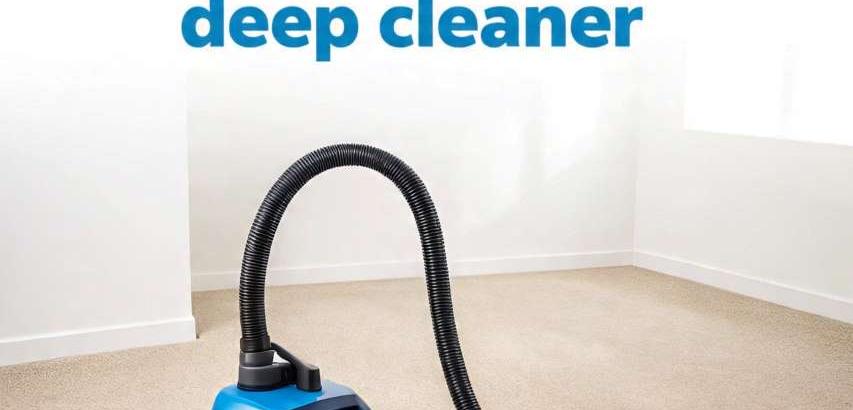A carpet cleaner (often called a "carpet extractor" or "deep cleaner") is a specialized appliance designed to deep clean carpeting by injecting a cleaning solution into the fibers and then powerfully extracting it, along with dissolved dirt, grime, and allergens. It goes far beyond the surface-level cleaning of a vacuum cleaner.
How It Works: The Core Process (The "Wet-Vac" Principle)
Spray/Inject: The machine sprays a mixture of hot water and cleaning solution (from a dedicated tank) deep into the carpet fibers.
Agitate: A motorized brush roll scrubs the carpet, loosening deeply embedded dirt, stains, and debris.
Extract/Vacuum: A powerful vacuum motor simultaneously sucks the dirty water and dissolved grime back up into a separate recovery tank.
This "spray, scrub, suck" method provides a much deeper clean than shampooers or vacuuming alone.
Types of Carpet Cleaners
| Type | Description | Best For | Pros | Cons |
|---|---|---|---|---|
| Upright Carpet Cleaners | Resemble an upright vacuum but with two tanks (clean water, dirty water). | Whole-house cleaning, large carpeted areas. | Powerful cleaning, large capacity, often include attachments. | Heavy, bulky, requires storage space. |
| Portable/Compact Cleaners | Smaller, lighter units, often with a hose and hand tool. | Spot cleaning, stairs, upholstery, cars, small apartments. | Lightweight, highly maneuverable, great for stairs and tight spaces. | Smaller tanks, less powerful, requires frequent refilling/emptying. |
| Professional-Grade Extractors | Heavy-duty, commercial machines used by cleaning companies. | Severe stains, commercial settings, frequent heavy use. | Extreme power, large tanks, heats own water, built to last. | Very expensive, very heavy, not practical for most homeowners. |
Key Features & Components
| Component/Feature | Description | Why It Matters |
|---|---|---|
| Brush Roll | Rotating brushes that scrub the carpet. | Look for motorized brushes for the best agitation. Some have adjustable brush roll height or on/off control for delicate rugs. |
| Tank System | Two separate tanks: one for clean hot water/solution, one for dirty water recovery. | Larger tanks mean you can clean longer without stopping. Transparent dirty tanks let you see how much grime was removed. |
| Heating System | Heats the cleaning solution internally. | Hot water extraction is far more effective than cold at dissolving dirt and killing dust mites and bacteria. |
| Hose & Attachments | Tools for stairs, upholstery, and hard-to-reach areas. | Essential for cleaning furniture, car interiors, and stairs. |
| Cleaning Path Width | The width of the area cleaned in one pass. | A wider path (e.g., 12+ inches) cleans large rooms faster. |
| Cord Length | Length of the power cord. | A longer cord (25+ feet) reduces the need to switch outlets. |
Pros vs. Cons of Owning One
✅ Advantages (Pros)
Superior Deep Cleaning: Removes ground-in dirt, allergens, and pet dander that vacuums leave behind.
Effective on Stains: Highly effective at tackling set-in stains from wine, coffee, pet accidents, and mud.
Improves Indoor Air Quality: Removes allergens and dust mites from deep within the carpet.
Extends Carpet Life: Regular deep cleaning prevents dirt from acting as an abrasive that wears down carpet fibers.
Cost-Effective: Owning a machine can be cheaper than frequently hiring professional cleaners.
❌ Limitations (Cons)
High Upfront Cost: More expensive than a standard vacuum cleaner.
Heavy and Bulky: Upright models can be difficult to carry up and down stairs.
Setup and Cleanup: Requires filling tanks with water and solution, then emptying and rinsing the dirty tank after use.
Drying Time: Carpets can take 4-12 hours to dry completely after a deep clean.
Maintenance: Requires regular cleaning of brushes, tanks, and internal plumbing to prevent mold and mildew.
Top Use Cases
Pet Owners: Essential for removing pet stains, odors, and dander.
Households with Allergies/Sensitivities: Dramatically reduces allergens in the home.
High-Traffic Areas: Revives carpets in hallways, living rooms, and entryways.
Post-Party or Accident Cleanup: The best tool for handling large spills and stains.
Rental Property Turnover: Landlords use them to professionally clean carpets between tenants.
Top Brands
Brand | Known For | Price Tier |
|---|---|---|
Bissell | Market leader with a huge range of models for every need and budget. Strong focus on pet stain solutions. | Mid-Range |
Hoover | Durable, powerful, and reliable machines, often seen as a direct competitor to Bissell. | Mid-Range |
Rug Doctor | Professional-grade power; often rented from grocery stores but also sold for home use. | Mid to High-End |
McCulloch | Popular for offering features like steam function at a very competitive price point. | Budget to Mid-Range |
Price Range
Tier | Price Range (USD) | What to Expect |
|---|---|---|
Budget | $100 - $200 | Basic portable models or smaller uprights. May lack heating and powerful suction. |
Mid-Range | $200 - $400 | The sweet spot for most homeowners. Good power, heated cleaning, and useful attachments. |
High-End | $400 - $800 | Premium uprights with advanced features, larger tanks, and commercial-grade power. |
💡 Pro Tip: Always do a colorfastness test in an inconspicuous area (like a closet) before cleaning your entire carpet. This ensures the colors won't bleed from the water and cleaning solution.
Renting vs. Buying
| Consideration | Renting | Buying |
|---|---|---|
| Cost | Lower per-use cost (~$30-$50/day). | Higher upfront cost, but $0 per use after that. |
| Convenience | You have to pick it up and return it. Heavy and cumbersome. | Always available in your closet for instant use. |
| Hygiene | Shared equipment; cleanliness is not guaranteed. | You know exactly who has used it and how clean it is. |
| Best For | One-time, whole-house deep clean (e.g., before moving in/out). | Regular maintenance, pet owners, allergy sufferers. |
A carpet cleaner is an investment in your home's cleanliness and health. For anyone with carpeting, it's the most effective tool available for restoring its appearance and removing the dirt you can't see.
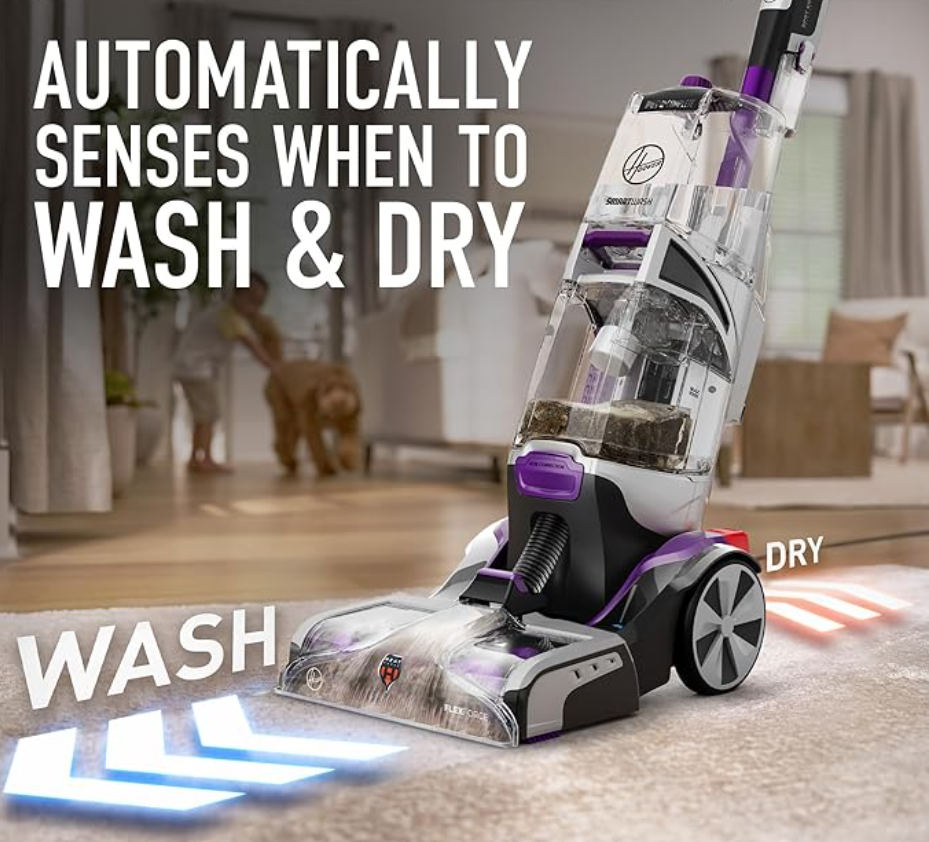 | 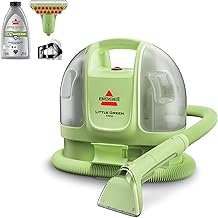 | 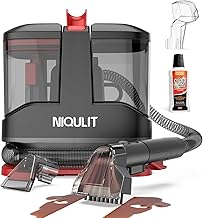 |
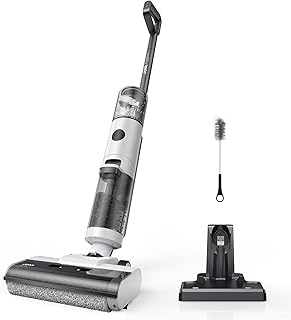 |  | 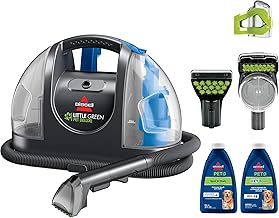 |
